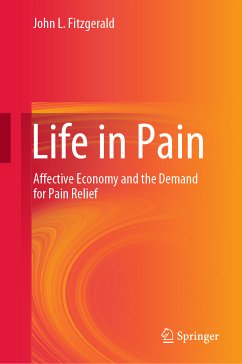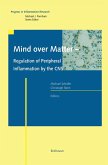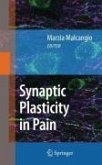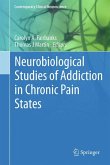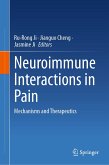This book explores pain in a number of ways. At the heart of the book is an extension of Melzack's neuromatrix theory of pain into the social, cultural, and economic fields. Specific assemblages involving varied institutions, flows of capital, encounters, and social and economic structures provide a framework for the formation of pain, its perception, experience, meaning, and cultural production. Complementing the extended neuromatrix is a second theory, focussed on the propensity of western market capitalism to seek out new areas of life to subsume to capital. Pain is one such life area that is now ripe for exploitation.
Although the book has theory at its heart, it draws extensively on case studies to identify the contradictions and complexities. Case studies are drawn from accounts of drug use in varied contexts such as prescription drugs, methamphetamine use, oxycodone use in North America, and the global rise of the medicinal cannabis marketplace.
Dieser Download kann aus rechtlichen Gründen nur mit Rechnungsadresse in A, B, BG, CY, CZ, D, DK, EW, E, FIN, F, GR, HR, H, IRL, I, LT, L, LR, M, NL, PL, P, R, S, SLO, SK ausgeliefert werden.
Es gelten unsere Allgemeinen Geschäftsbedingungen: www.buecher.de/agb
Impressum
www.buecher.de ist ein Internetauftritt der buecher.de internetstores GmbH
Geschäftsführung: Monica Sawhney | Roland Kölbl | Günter Hilger
Sitz der Gesellschaft: Batheyer Straße 115 - 117, 58099 Hagen
Postanschrift: Bürgermeister-Wegele-Str. 12, 86167 Augsburg
Amtsgericht Hagen HRB 13257
Steuernummer: 321/5800/1497
USt-IdNr: DE450055826
Bitte wählen Sie Ihr Anliegen aus.
Rechnungen
Retourenschein anfordern
Bestellstatus
Storno

